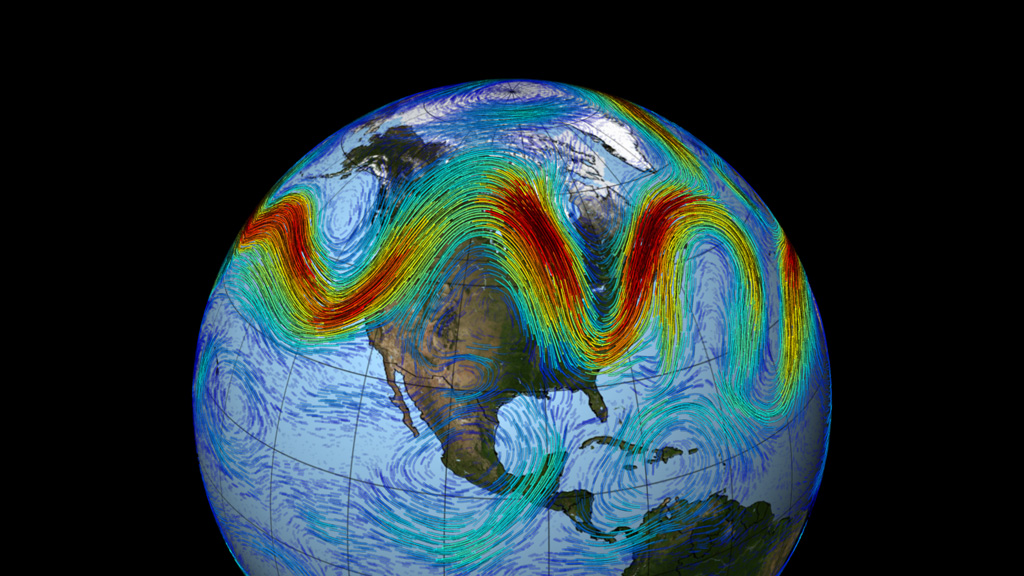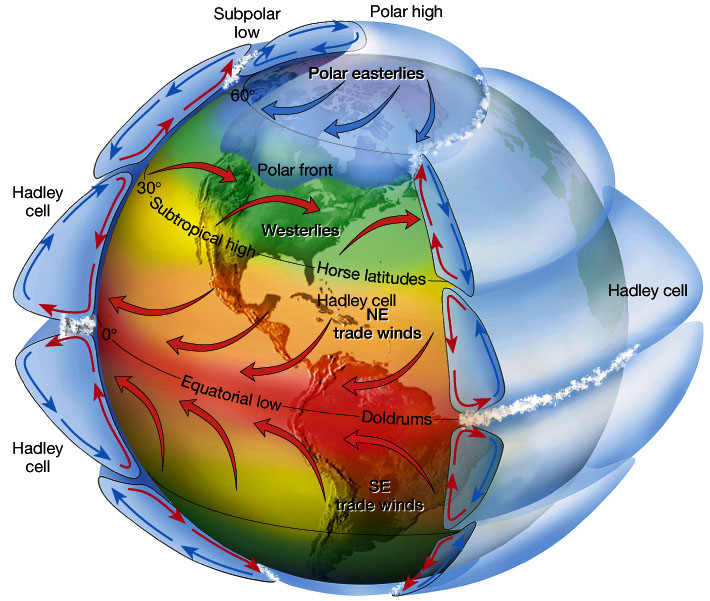 |
| GREAT LINKS |
A common feature I use on this page is the LINKS page.
I have added a few new links in the past few weeks and though I'd give you some information on the sections on the page.
Observations and Climate Data:
The first section on the links page has a bunch of good links to Observations and Climate Data. The links here will lead to a variety of observations data, including:
1. Basic instrument readings - such as temperatures, dew point, winds and wind gusts, precipitation amounts and more...
- This can be found the header: Observations
- In that section there is a link to the "Federal Observation Report Handbook" which defines the observing, reporting, and coding standards for surface based meteorological reports. They are consistent with standards set forth by the Federal Government, the World Meteorological Organization (WMO) and the International Civil Avaiation Organization (ICAO) and the standards are only applicable to stations that have the capability to comply. These are mostly METAR sites, co-located with airports or other aviation sites.
- What is a METAR? An international code (Aviation Routine Weather Report) used for reporting, recording and transmitting weather observations
2. Weather balloon observations - these are the upper air soundings or more technically Radiosonde Observations (RAOBs). (Fact Sheet)
- The basic observation data transmitted by a radiosonde on its way up through the atmosphere include: atmospheric pressure, temperature, humidity and wind speed and direction data. Data is continuously reported from the surface level to as much as 20 miles high.
- All of this data can be used to determine many things about the state of the current atmosphere, a few of which include: amount of stability or instability, moisture content including at individual layers or the entire depth of the sounding, precipitation type, and much, much more!
MORE DESCRIPTION OF THE LINKS PAGE TO COME! CHECK BACK HERE!




















